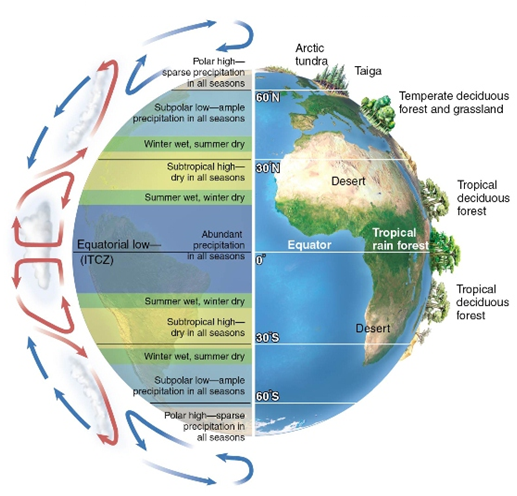Summarize the steps involved with the inflammatory response
What will be an ideal response?
In the area around a wound, white blood cells called macrophages detect and bind to molecules on the surface of the invading bacteria. Binding to the bacterial cell activates the macrophage, which then engulfs and destroys the bacteria. Activated macrophages also secrete chemical signal molecules called cytokines. The cytokines, along with histamine secreted by activated mast cells in the area of infection, cause nearby capillaries to dilate, increasing blood flow to the area (this is why the area around a cut or scrape gets red and warm). The heat creates an unfavorable environment for bacterial growth, mobilizes additional white blood cells, and raises the metabolic rate in nearby cells. These reactions promote healing. The cytokines also make the blood vessel all sticky, causing neutrophils to attach. Chemokines attract neutophils, which pass between cells of the blood vessel wall and migrate to the infection site and flood into the area, engulfing and destroying the invading bacteria.
If infection persists, clotting factors in blood plasma trigger a cascade of small blood clots that seal off the injured area, preventing the escape of invading organisms, recruiting more white blood cells to destroy the invading bacteria. Finally, the area is targeted by white blood cells that clean up dead bacteria and dispose of dead cells and debris.
You might also like to view...
Bryophytes are small and simple. Some produce a flattened photosynthetic structure called a:
A. phallus. B. thallus. C. prometheus. D. sporangium. E. primordia.
In a developing human embryo, the hands and feet resemble mittens, with cells and tissues present between the fingers and toes. When a baby is born, these cells are not present, resulting in distinct fingers and toes. In the development of fingers and toes these cells were lost by ____.
A. cell connections B. cell migration C. apoptosis D. cell division E. cell morphology
Based on the three cell model of global air circulation shown in the figure above, where would you be most likely to find a plant species that is very drought tolerant, but not cold tolerant?

A. Between 20? and 30? latitude
B. Between 0? and 15? latitude
C. Between 45? and 55? latitude
D. Between 60? and 100? latitude
In the accompanying figure, the cell layer that contains xylem is labeled as:
a. 1 b. 2 c. 3 d. 4 e. 5